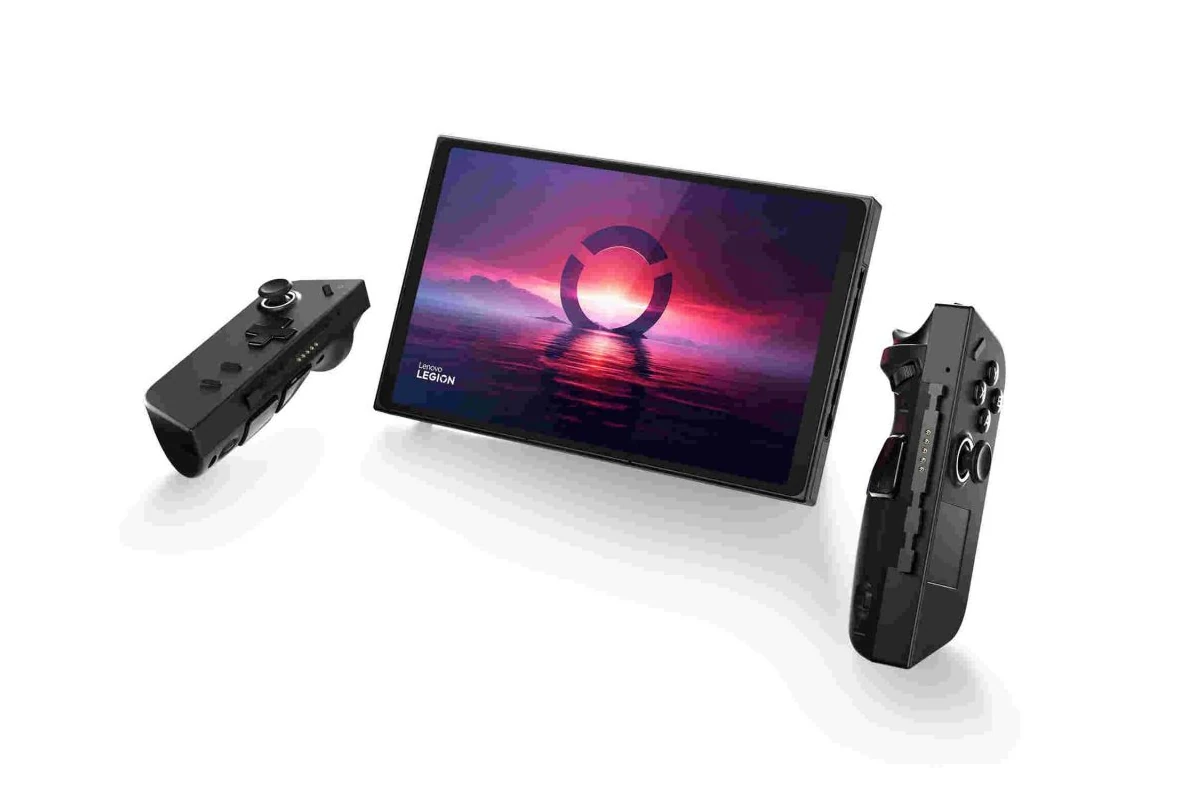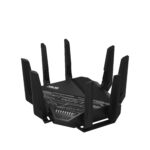Microsoft plans to merge the Xbox and Windows experiences for handheld gaming devices, with an upgrade expected by 2025. This initiative aims to integrate innovative Xbox features with the flexibility of Windows, thereby enhancing the gaming experience for mobile users. According to Jason Ronald, a veteran in Xbox hardware, the future of Microsoft’s handheld gaming strategy involves combining the best aspects of both Xbox and Windows.
He hinted that the company would have “a lot more to share later this year” regarding its vision for a Windows-powered handheld gaming device. Ronald mentioned in an interview with The Verge that Microsoft has been innovating in the console space for a long time. He emphasized the importance of collaborating across the industry to bring the innovations developed for consoles to PC and handheld gaming.
This strategic move highlights Microsoft’s commitment to maintaining Xbox traditions even as it explores new devices. The collaboration is expected to transform handheld devices into powerful gaming machines, providing a seamless experience for gamers on the go, with more details anticipated as 2025 approaches.

Xbox and Windows: A Powerful Handheld Gaming Alliance
Windows on Handhelds Gets a Console-Like Makeover
Microsoft is reportedly planning a significant overhaul of the Windows experience on handheld gaming devices. The goal? To make Windows on handhelds feel more like a dedicated console, seamlessly integrating Xbox features and creating a more intuitive and enjoyable gaming experience.
What This Means for Gamers
This exciting development could have a profound impact on the handheld gaming landscape. Here’s what gamers can potentially expect:
- Simplified Windows Interface: Expect a streamlined Windows interface specifically tailored for handheld gaming. This could involve a simplified Start menu, reduced clutter, and a more intuitive navigation system, making it easier to find and launch games.
- Enhanced Controller Support: Expect improved controller compatibility and support. This could include better driver support, improved input mapping, and potentially even integrated controller profiles for popular games.
- Xbox Features on Handhelds: Expect a closer integration of Xbox features. This could include access to Xbox Game Pass, cloud gaming services like Xbox Cloud Gaming, achievements, and social features.
The Potential Impact
This strategic move by Microsoft has the potential to significantly disrupt the handheld gaming market. By bringing the power and convenience of Xbox to the Windows ecosystem on handheld devices, Microsoft could attract a wider audience of gamers and challenge the dominance of dedicated handheld consoles.
The Future of Handheld Gaming
While the exact details of this initiative remain to be seen, one thing is certain: Microsoft is committed to improving the gaming experience on handheld devices. By combining the strengths of Windows and Xbox, Microsoft aims to create a compelling and competitive offering for gamers seeking portable entertainment.
| Feature | Potential Benefit |
|---|---|
| Simplified Windows Interface | Easier to navigate and find games |
| Enhanced Controller Support | Smoother and more responsive gameplay |
| Xbox Feature Integration | Access to a vast library of games and cloud gaming services |
Short Summary:
- Microsoft is planning a major update to enhance handheld gaming on Windows.
- Jason Ronald emphasizes the need to merge Xbox innovations with the Windows ecosystem.
- The new experience aims to simplify usability for handheld devices, moving away from traditional PC setups.
As the gaming landscape evolves, Microsoft is poised to revolutionize the handheld gaming experience by integrating the best features of its Xbox consoles with the advantages of its Windows operating system. Jason Ronald, Microsoft’s Vice President of Next Generation, made this announcement during a panel at CES 2025, indicating a significant shift toward a more gamer-friendly interface designed explicitly for portable devices.
At the CES 2025 event, Ronald shared the company’s vision, stating, “We’ve been really innovating for a long time in the console space, and as we partner across the industry, it’s really about how do we bring those innovations that we’ve incubated and developed in the console space and bring them to PC and bring them to the handheld gaming space.” This strategic move reflects Microsoft’s commitment to elevating Windows as a versatile platform for all gaming needs, especially in the increasingly popular handheld sector.
Recognizing the limitations of traditional Windows setups for handheld use, Ronald expressed the need—for a simpler, more intuitive design that caters specifically to gamers. “Our goal is to put the player and their library at the center of the experience and not all the [Windows] work that you have to do today.” This approach aims to eliminate the cumbersome navigational issues that often accompany Windows-based handheld devices.
Bridging the Gaps
Handheld gaming has experienced a renaissance, partly due to the booming success of devices like the Nintendo Switch and the rise of portable PCs such as the Steam Deck. Motivated by this trend, Microsoft is stepping into the market with plans to provide a superior handheld experience.
To differentiate their handheld gaming experience from the competition, Ronald highlighted that Microsoft is focused on “simplifying the experience,” making it more akin to using a traditional gaming console rather than an expansive desktop setup. This means moving away from conventional user interfaces that are often ill-suited for handheld play. Instead, users can expect a more streamlined and focused design, enhancing accessibility and usability.
“We are really focused on how do we bring those experiences for both players and developers to the broader Windows ecosystem,” Ronald explained. “We’re not just porting a custom Xbox OS to handhelds; we are looking for a way to make Windows truly great for gaming.”
Controller Support and User Experience
Ronald also discussed enhancements in controller support, acknowledging that traditional Windows functionalities don’t effectively accommodate gaming without a keyboard and mouse. “There are just certain things in Windows that were not designed for if you don’t have a keyboard and mouse, like thumbstick support or joypads,” he noted. These developments are crucial as many gamers rely on gamepads for a seamless gaming experience on handheld devices.
Moving forward, the goal is to create a user interface that is “very natively like a gaming-centric device.” This shift will likely involve streamlining the desktop environment to emphasize game accessibility and performance rather than standard Windows functions. Such a shift is pivotal, especially given the increasing prevalence of various handheld platforms in the market.
Looking Towards the Future
With further revelations expected later this year, Microsoft’s focus on making Windows a robust platform for gaming on handhelds highlights their dedication to not just serving hardcore gamers, but also casual audiences looking for a fun, easily accessible gaming experience. Jason Ronald affirmed, “I think we’ll have a lot more to share later this year.” This phrase has since ignited excitement within the gaming community about what’s on the horizon.
Furthermore, industry veteran Phil Spencer has been vocal about his aspirations for Xbox within the portable gaming realm, suggesting that this hardware evolution is on the radar for Microsoft. Reports indicate that a prototype Xbox handheld is already in development, although specific details about its functionality and design remain under wraps.
“We’re focused on expanding the Xbox ecosystem to cater to gamers everywhere, not just in their living rooms, but also on the go,” Spencer remarked. “This is our commitment to making gaming accessible and enjoyable for all players, no matter what device they choose to use.”
The Broader Context of Handheld Gaming
The landscape of handheld gaming is changing rapidly. With companies like Valve setting new benchmarks in the genre with innovative products like the Steam Deck, the competition is heating up. Meanwhile, other major players like Sony are venturing back into the handheld market, exemplified by the upcoming PlayStation Portal.
With the announcement of the second-generation Nintendo Switch also on the horizon, Microsoft’s timing appears strategic. As more gamers seek handheld solutions to enjoy their favorite titles, Microsoft is keen to address existing gaps in the marketplace with its new vision for handheld gaming.







